There are all kinds of healthy bacteria living in our bodies (probiotics, for example), as well as other naturally occurring microorganisms, such as yeast. It's essential that these microorganisms stay in balance, because when they're out of whack they can lead to infections such as candidiasis, an overgrowth of the yeast Candida.
What Is Candidiasis?
Candida is a genus of yeast that naturally exists in the body in small amounts. There are several species of Candida, but the most common is Candida albicans. When Candida gets out of balance with bacteria in the body, it can lead to overgrowth and infection, known as candidiasis. Candidiasis of the skin, gut, mouth, throat, or vagina is usually easy to treat, but it can cause unpleasant symptoms. Invasive candidiasis is a serious but far less common infection deep in the body that can affect vital organs. (Source, Source)
Signs and Symptoms of Candidiasis
The signs and symptoms of candidiasis vary, depending on where the fungus is located in the body. Here's the breakdown.
Vaginal Candidiasis
If you've had a vaginal yeast infection before, you've had a form of candidiasis. Symptoms include:
- Itching and irritation in the vagina and vulva (that's the outside of the vagina)
- a burning sensation, especially during sex or urination
- redness and swelling of the vulva
- vaginal pain and soreness
- vaginal rash
- thick, white, odor-free vaginal discharge (think cottage cheese)
- watery vaginal discharge
(Source)
Thrush (Candidiasis in the Mouth and Throat)
Also known as oral thrush and oral candidiasis, the symptoms are:
- white, slightly raised lesions on the tongue, inside of the cheeks, sometimes on the gums, roof of the mouth, and tonsils
- redness, burning, or soreness in the mouth that can be bad enough to impair that eating or swallowing
- bleeding if the lesions are scraped or rubbed
- cracking and redness at the corners of the mouth
- loss of taste
(Source)
Skin Candidiasis
Cutaneous candidiasis, or skin candidiasis, occurs in the folds of the skin, including under the breasts and in the hair follicles. Symptoms include:
- bright red rash
- pustules (small bumps filled with pus)
- itching and burning
(Source)
Gut Candidiasis
Candida is part of the normal intestinal microbiome, but if it occurs at high levels treatment may be needed. Indications of too much Candida in the gut can be found in the stool, and are:
- white, yellow, or brown mucus
- white, yellow, or light brown string-like substance
- froth or foam
- diarrhea
(Source)
 3.webp)
Treatment of Candidiasis
There's a wide range of symptoms of candidiasis, so treatments are area specific (keeping the skin dry with absorbent powders in the case of skin candidiasis, for example). The most common means of treating candidiasis are:
- Antifungals, such as fluconazole, nystatin, and amphotericin B, kill or stop the growth of dangerous fungus in the body. They're used to treat vaginal yeast infections, thrush, esophageal candidiasis (Candida growth in the esophagus), as well as candidiasis in other places in the body.
- Probiotics may be a means of reducing symptoms of candidiasis, and they may also enhance the impact of antifungals. However, there isn't enough scientific research to consider them an alternative to conventional treatment.
- Echinocandins are antifungal treatments administered intravenously for the treatment of invasive candidiasis.
- Allymines, such as terbinafine and naftifine, and the benzylamine butenafine are antifungals used topically in the treatment of candidiasis on the skin and nails.

.svg)
.png)


%201.webp)

 6.webp)
 5 (1).webp)
 2 (1).webp)

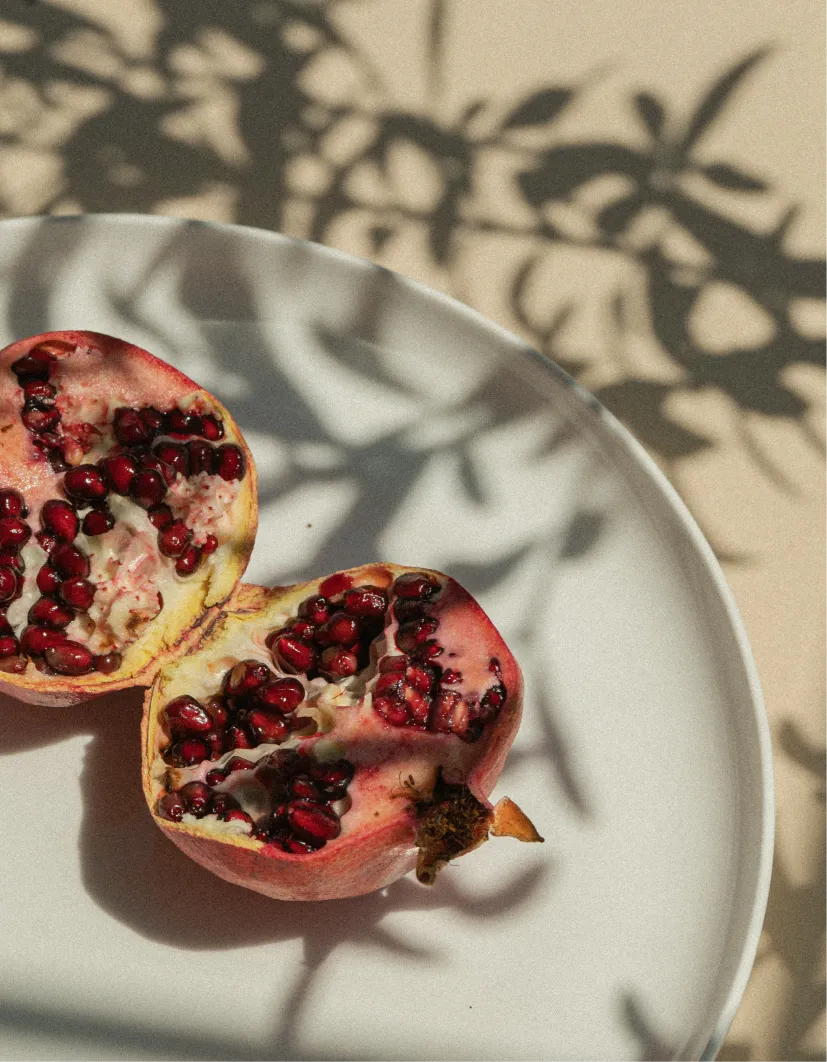
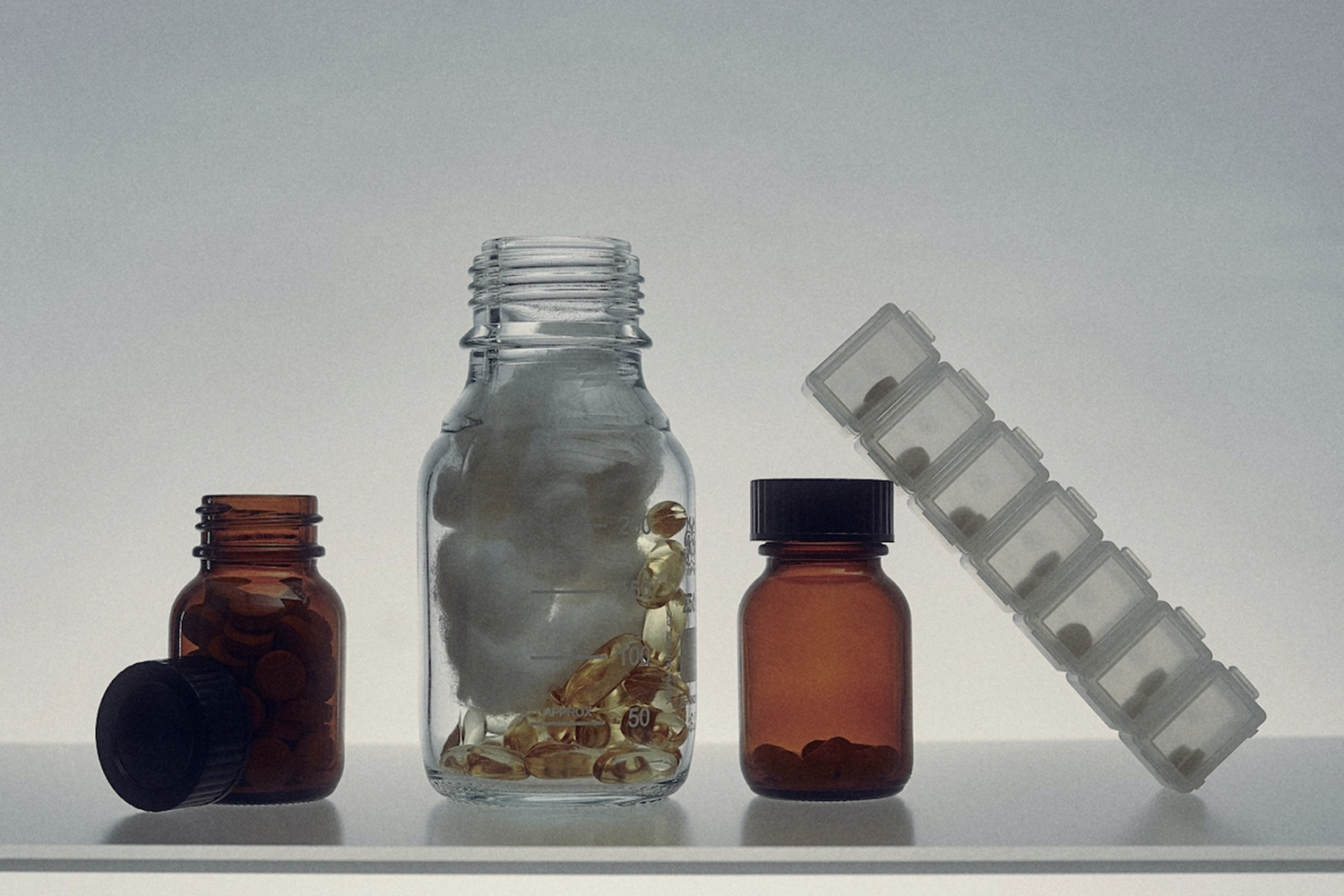


.webp)
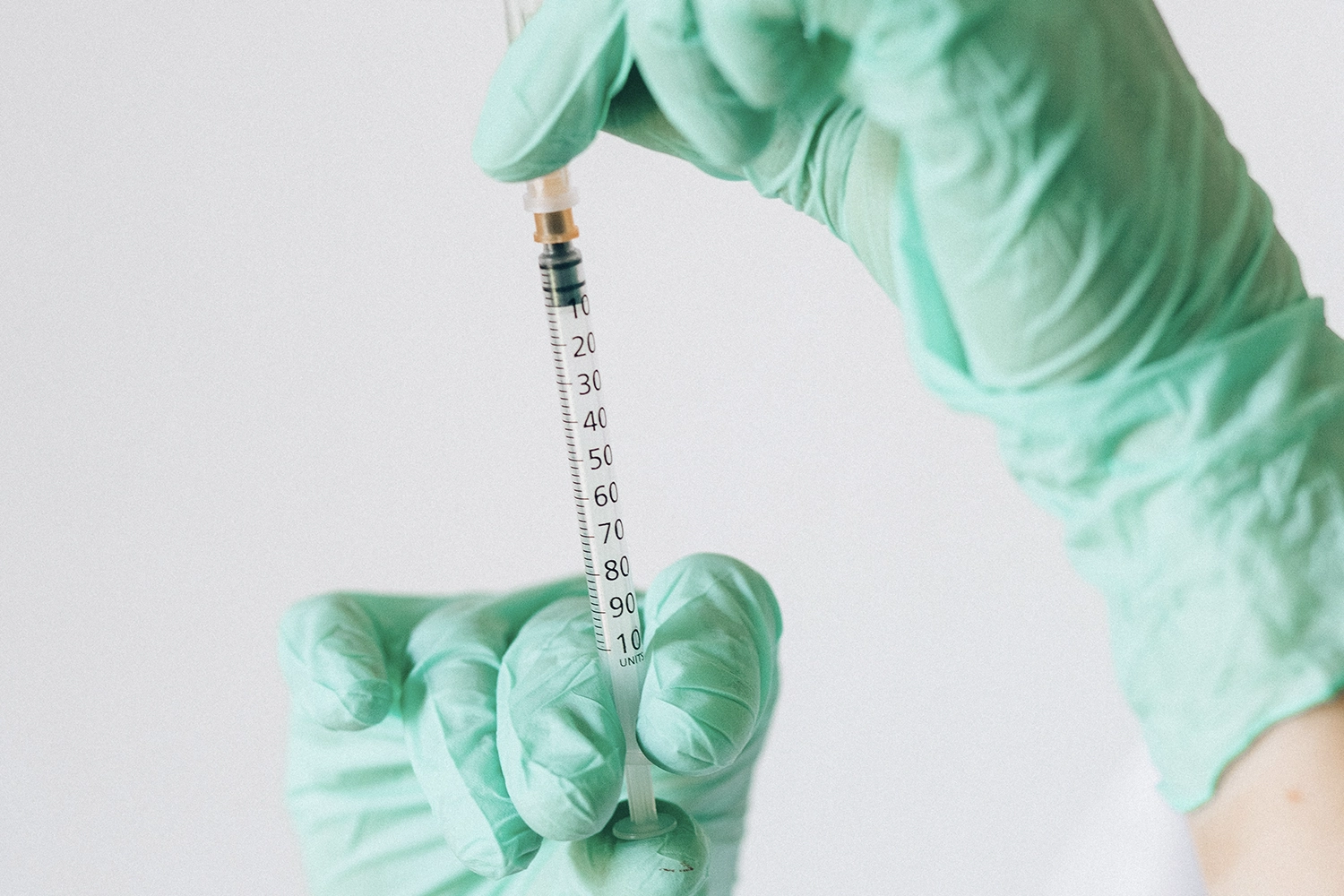
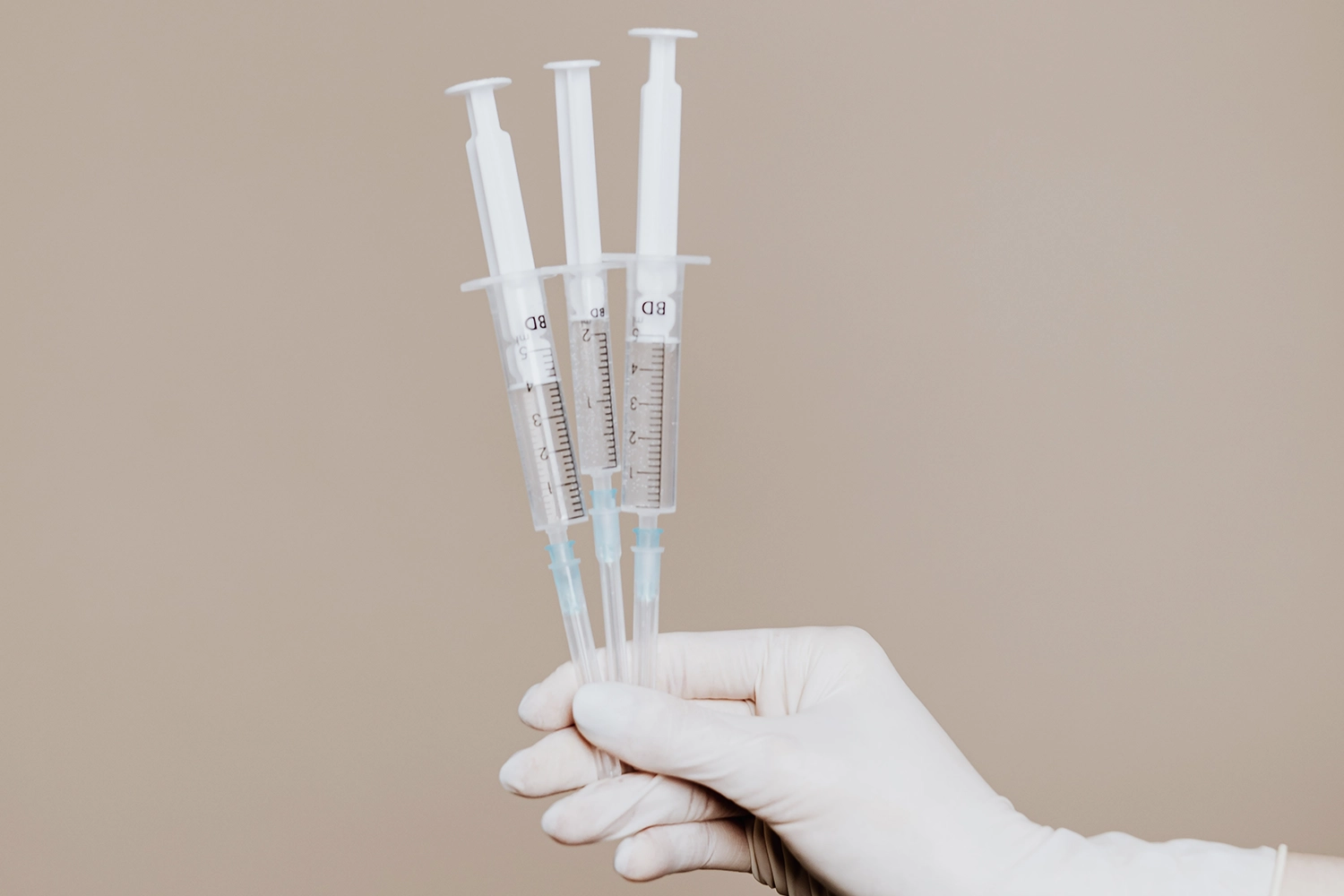

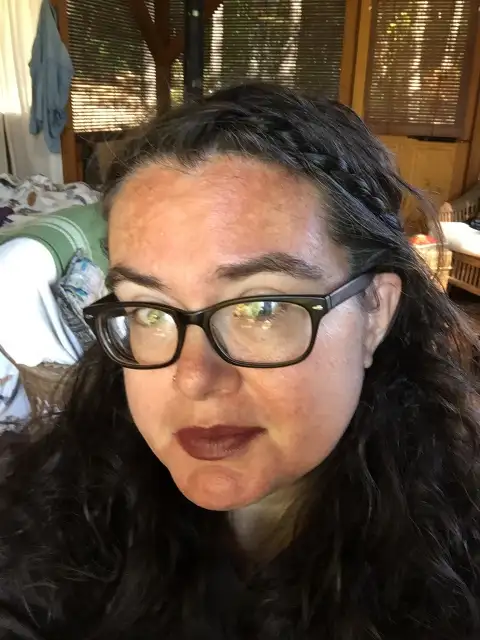

.png)

 (1).webp)

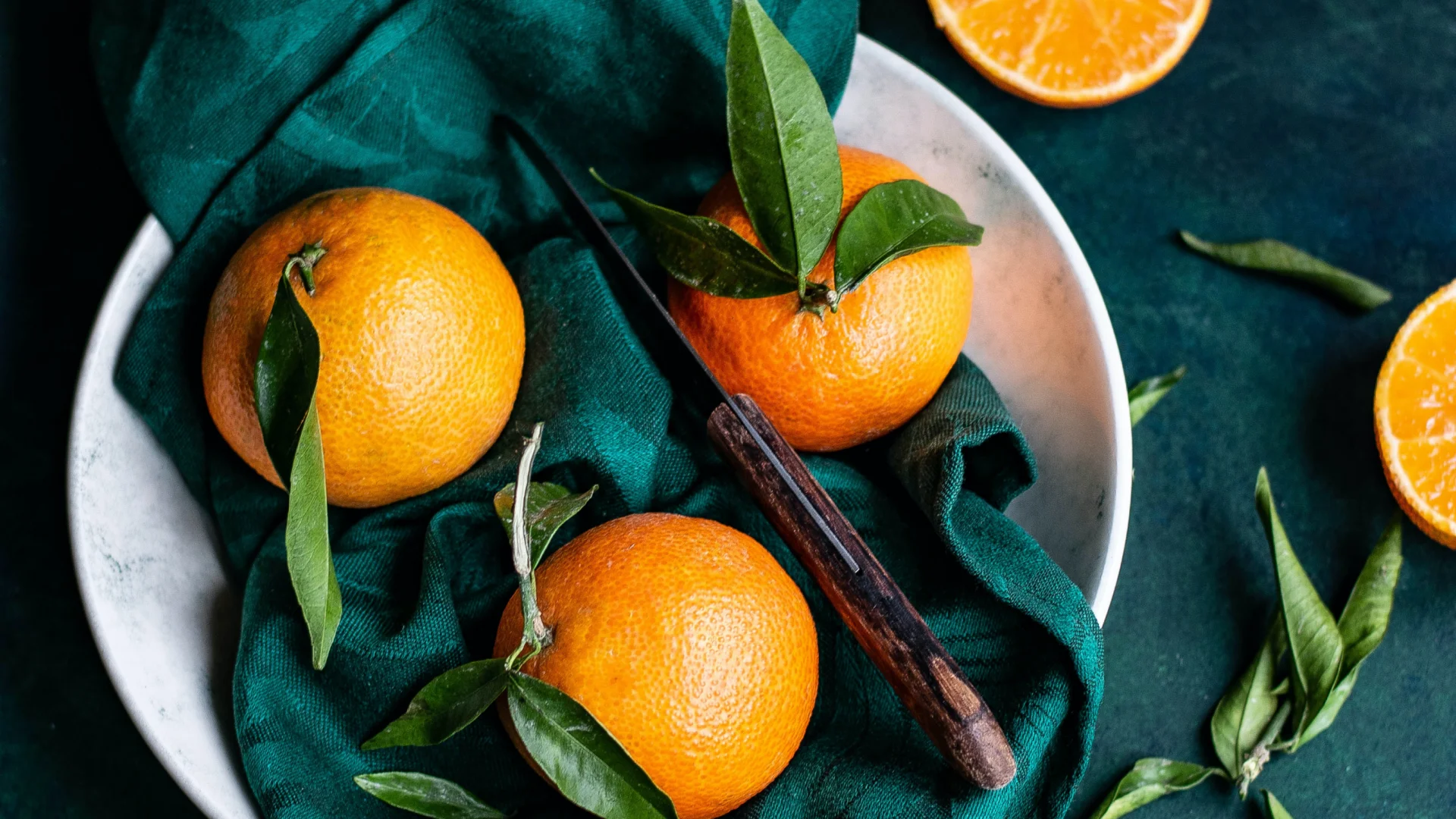






 (1).jpeg)

.webp)
.webp)

.webp)
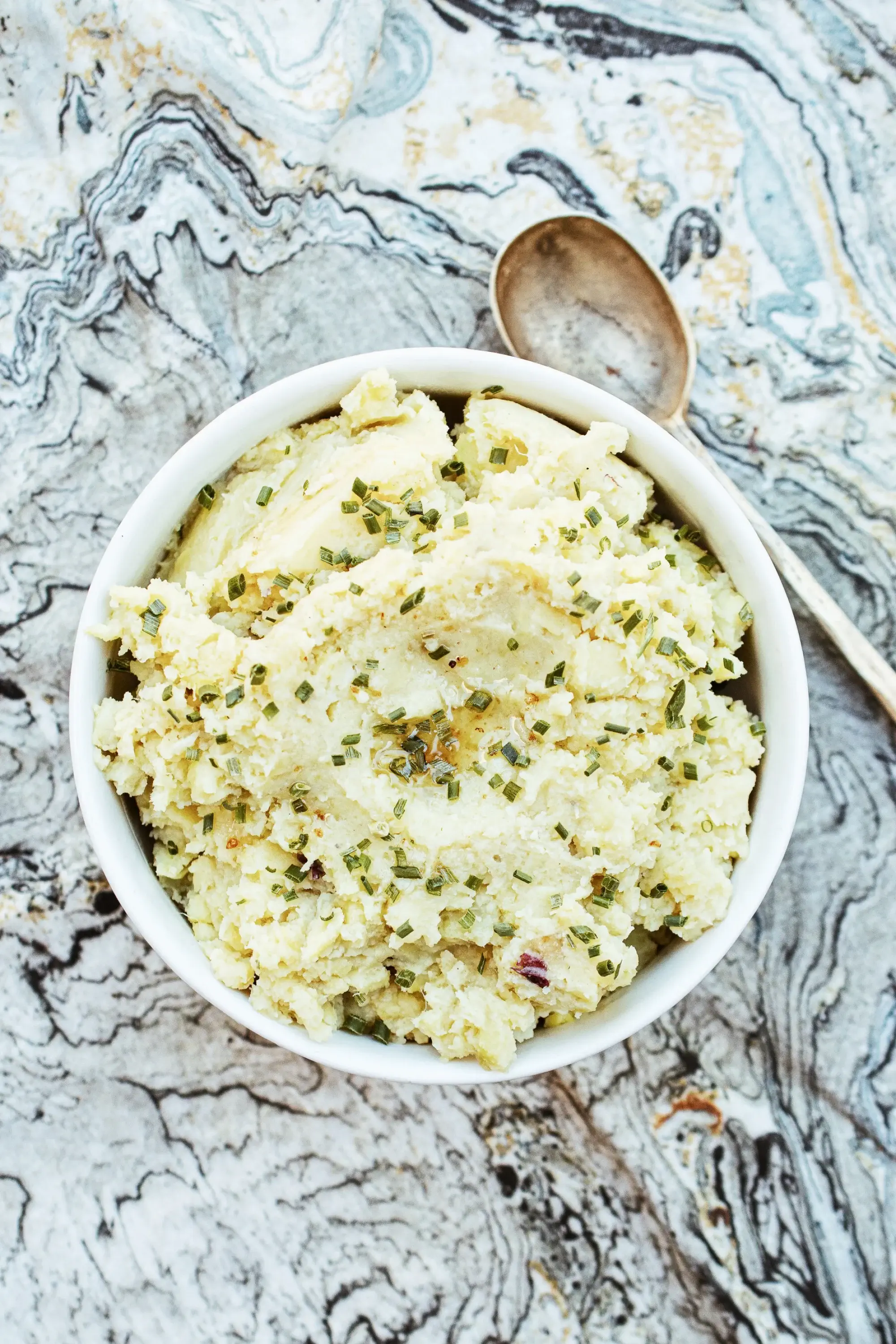
 (2).webp)

%201 (1).webp)

 2 (1).webp)
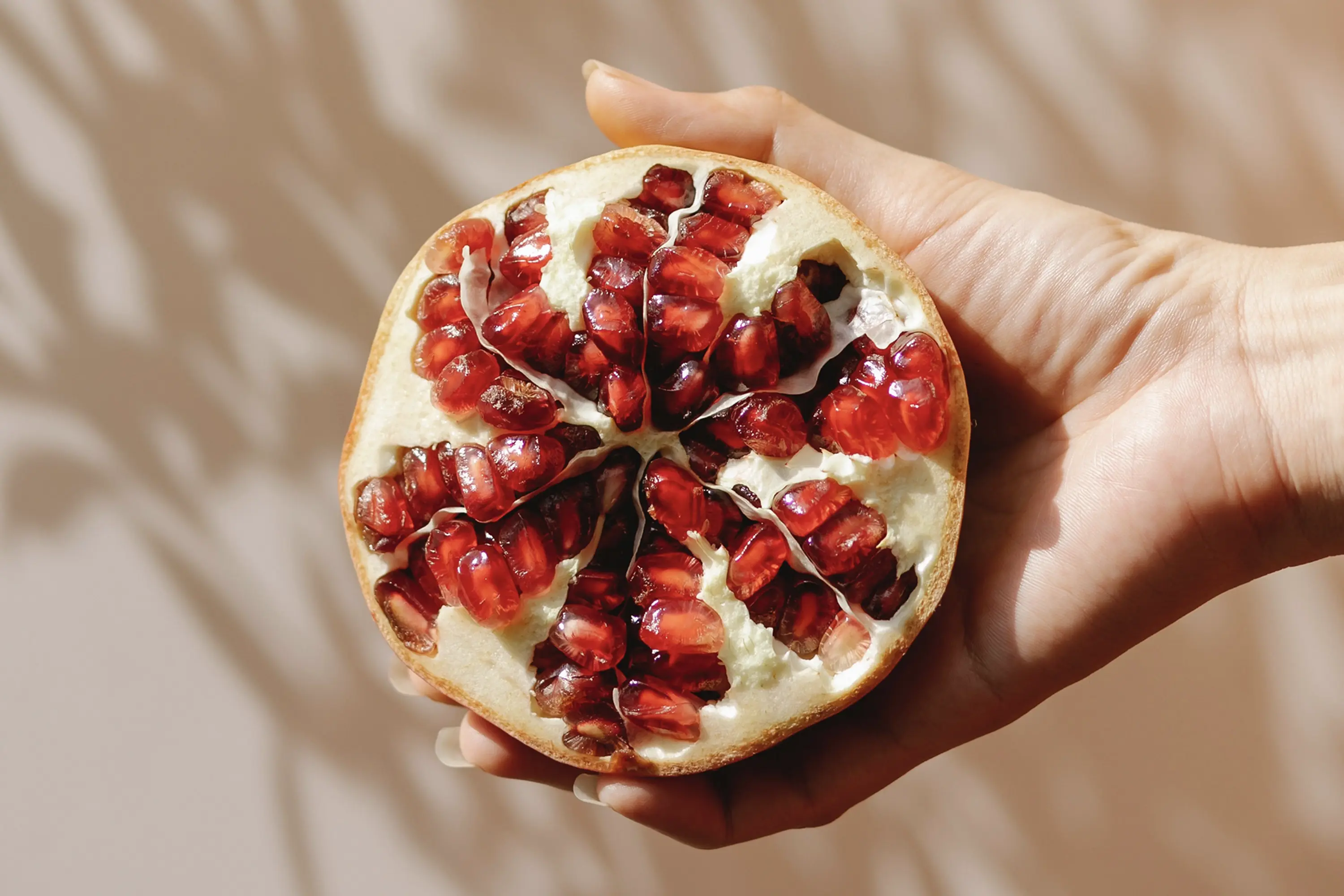



.svg)
.svg)